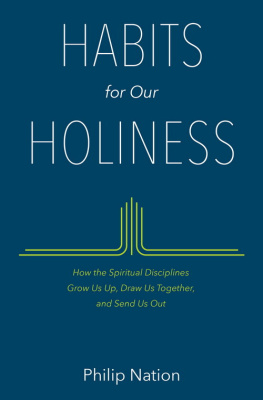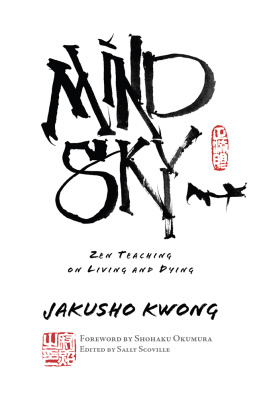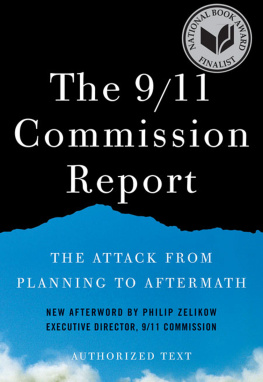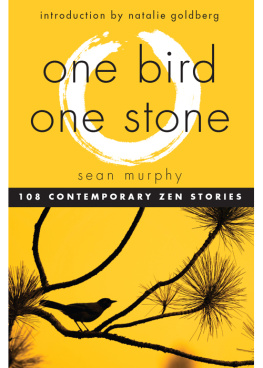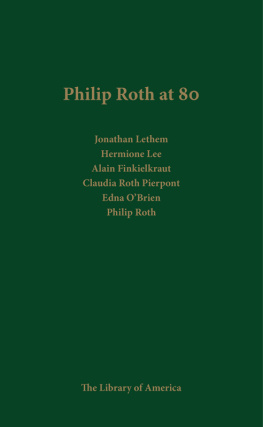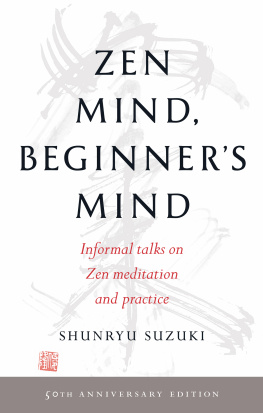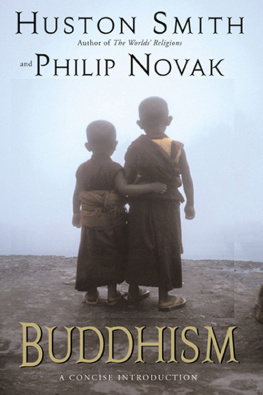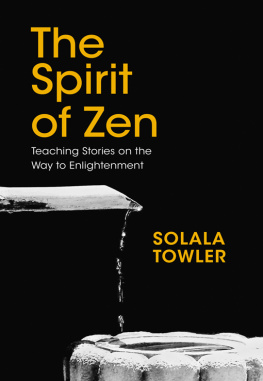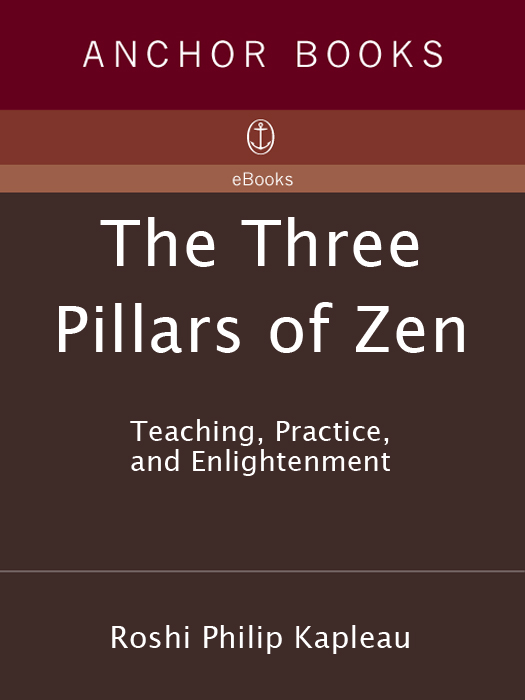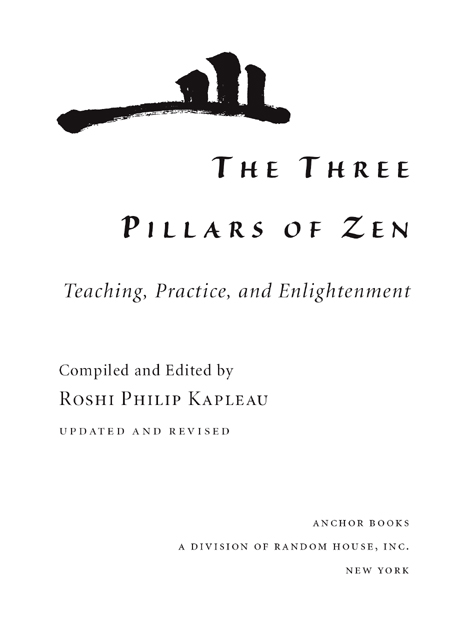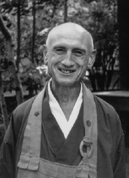
R OSHI P HILIP K APLEAU
THE THREE PILLARS OF ZEN
Roshi Philip Kapleau, founder of the Zen Center in Rochester, New York, is the author of Zen: Merging of East and West (formerly Zen: Dawn in the West), To Cherish All Life, The Wheel of Death, and The Zen of Living and Dying: A Practical and Spiritual Guide (formerly The Wheel of Life and Death).
In his youth, Kapleau studied law and became a court reporter, serving for many years in the state and federal courts of Connecticut. At the end of World War II he was appointed chief reporter for the International Military Tribunal at Nuremberg, then was sent to cover the the International Military Tribunal for the Far East in Tokyo.
In 1953 he gave up his business in America and left for Japan to undergo Zen training. After five years he came to an awakening, then went on to complete eight more years of formal study and training. He was ordained by his teacher, Zen master Yasutani, during that time, and was authorized by him to teach.
Kapleau returned to the United States in 1966 to found the Zen Center in Rochester. The Center has since grown to include affiliated centers in a number of cities in the United States, Canada, Europe and Central America. In 1986, after twenty years as Abbot, Kapleau transmitted the teaching to the Ven. Bodhin Kjolhede and appointed him his Dharma-successor. Roshi Philip Kapleau is now retired and lives at the Rochester Zen Center.
O THER B OOKS BY R OSHI P HILIP K APLEAU
The Zen of Living and Dying:
A Practical and Spiritual Guide
(formerly The Wheel of Life and Death)
The Wheel of Death
To Cherish All Life:
A Buddhist Case for Vegetarianism
Zen: Merging of East and West
(formerly Zen: Dawn in the West)

A NCHOR B OOKS E DITIONS , 1989, 2000
Copyright 1980 by The Zen Center, Inc.
Copyright 1965, 1989 by Roshi Philip Kapleau
Afterword 2000 by Bodhin Kjolhede
All rights reserved under International and Pan-American Copyright Conventions. Published in the United States by Anchor Books, a division of Random House, Inc., New York, and simultaneously in Canada by Random House of Canada Limited, Toronto. Originally published in hardcover in the United States by John Weatherhill, Inc., in 1965. The Anchor Books edition, first published in 1980 and then again, in 1989 in a twenty-fifth anniversary edition, is a revised and expanded edition of the original.
Anchor Books and colophon are registered trademarks of Random House, Inc.
Library of Congress Cataloging-in-Publication Data
The three pillars of Zen / [compiled and edited by]
Philip Kapleau.
p. cm.
Includes translations from Zen masters.
1. Zen Buddhism. I. Kapleau, Philip, 1912
BQ9265.4T48
294.3927dc19
0-385-26093-8
eBook ISBN: 978-0-307-76357-0
Designed by Cassandra J. Pappas
Author photo Casey Frank
www.anchorbooks.com
A note on the decorations: The section-heading devices, dating from about one to five centuries ago, are kao, the fanciful brush-drawn signatures or personal ciphers that were often adopted by Zen priests and other cultured Japanese in their literary and artistic avocations. Kao were only vaguely related to orthography and are used here, not for meaning, but abstractly, for their decorative quality. On the title page is the kao of Butcho-kokushi, a seventeenth-century Zen master.
v3.1
Dedicated with respect and gratitude to my teachers: Harada-roshi, Yasutani-roshi, and Nakagawa-roshi, all of whom selflessly taught the truth of the Dharma for the welfare of all beings.
CONTENTS
FOREWORD
T RADITION HAS IT that it was in the sixth century A.D., with the journey of Bodhidharma from India to China, that Zen Buddhism first moved east. Six hundred years later, in the twelfth century, it traveled east again, to Japan. Now that more than another six hundred years have elapsed, is it to take a third giant stride eastward, this time to the West?
No one knows. Current Western interest in Zen wears the guise of the fad it in part is, but the interest also runs deeper. Let me cite the impression Zen has made on three Western minds of some note, those of a psychologist, a philosopher, and a historian. The book C. G. Jung was reading on his deathbed was Charles Luks Chan and Zen Teachings: First Series, and he expressly asked his secretary to write to tell the author that he was enthusiastic When he read what Hsu Yun said, he sometimes felt as if he himself could have said exactly this! It was just it!
Why should the West, dominated to the extent it currently is by scientific modes of thought, go to school to a perspective forged before the rise of modern science? Some think the answer lies in the extent to which the Buddhist cosmology anticipated what contemporary science has empirically discovered. The parallels are impressive. Astronomical time and space, which irrevocably smashed the Wests previous worldview, slip into the folds of Buddhist cosmology without a ripple. If we turn from macrocosm to microcosm, from the infinite to the infinitesimal, we find the same uncanny prescience. While the Greeks were positing atoms that were eternal because not composite (a-tomasindivisible, that which cannot be cut), Buddhists were teaching that everything corporeal is impermanent (anicca) because constituted of dharmas as miniscule in duration as they are in spaceremarkably like the fleeting blips that particles register on the scientists oscilloscopes.
To return for a moment to the macrocosm, it is not just the dimensions of the scientific cosmology that Buddhism previsioned, but its form as well. We have become familiar with the debate between George Gamows big bang and Fred Hoyles steady state cosmogonies, the first arguing that the universe is the continuing consequence of the explosion of a single primeval atom; the second, that the universe has always been in the state in which we know it, fresh hydrogen being continuously created to replace that which is being emptied out through the stars recession once they exceed the speed of light. The latest word from Mount Palomar is that both these theories appear to be wrong. The red shifts on the spectrographic reports from distant galaxies suggest they are slowing down. The hypothesis this evokes is that after expanding for a while the universe contracts, only to repeat the cycle indefinitely. As the Harvard astronomer Harlow Shapley puts the matter, instead of the big bang or the steady state theories, we have the bang bang bang theory. Very interesting, says the Buddhist, this being what his cosmology has taught him all along.
The West may find such instances of Buddhisms scientific prescience striking, but this cannot account for Buddhisms appeal. For one thing, the West cannot feel that in science it has anything to



